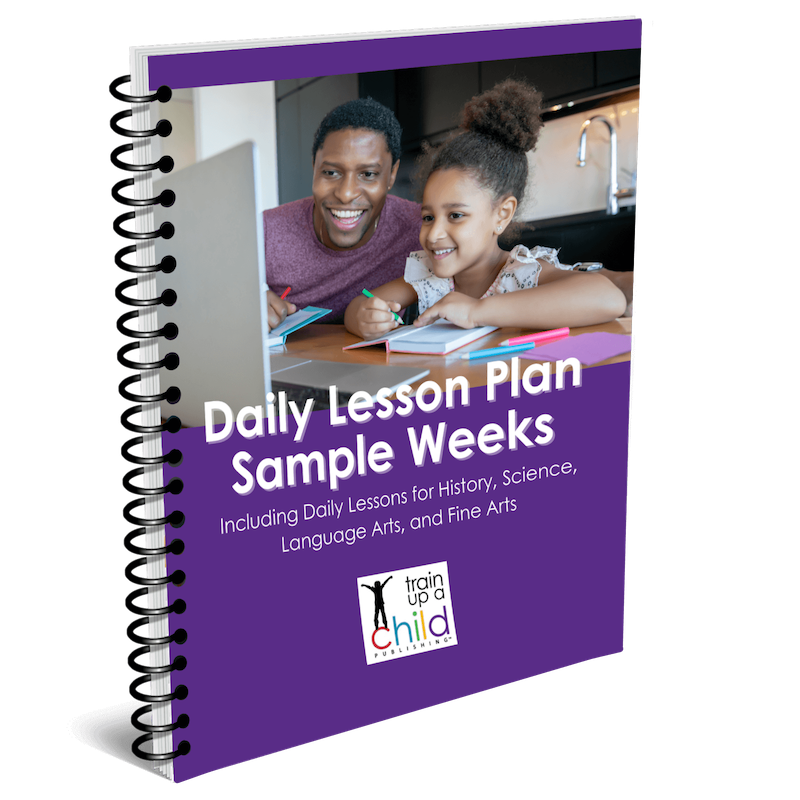How to Teach Your Students to Write Better in 5 Minutes

You can help your kids write better in 5 minutes, by teaching them the simple principle of “Show, don’t Tell” in their writing.
Have you ever heard the “Show, Don’t Tell” writing principle and wondered how you could teach that to your middle and high school children? Whether you have heard it by name or not, this little writing principle often separates the good from the mediocre writers. So in this post, I’ll show you how to get your middle and high school students to understand, practice, and write better in 5-10 minutes. You might have to talk them through the examples and help them brainstorm the first sentence of the exercise below with them, but once they get it, you’ll be amazed at the improvement in their writing.
Here are a couple of writing examples. Take a look:
#1 She was tired when she finished her paper at midnight.
#2 Mary slowly crawled under the cool sheets and let out a deep, satisfied sigh. Although the clock had chimed for the twelfth time, it was worth it. Yawning as her head hit the pillow, she snuggled under the covers and smiled in anticipation of her political science professor reading her innovative solution for immigration reform.
What Makes Excellent Writing?
First-class writing can be hard to produce but simple to spot. Better writing immediately draws you into a scene.
So did you “experience” anything while reading the first example above?
What was different about the second example? Did you ‘see‘ a tired Mary get into bed? Did you ‘feel’ cool sheets? Or ‘hear’ the clock chiming? By using the “show, don’t tell” principle of writing, you can teach your students to write notably better in 5 minutes using this simple technique.
Teach your kids to write better in 5 minutes by teaching them to “Show, Don’t Tell”
#1 tells you what happened, but #2 shows you what happened as if you were there watching.
#2 shows that Mary was tired and finished her paper at midnight without telling you. Instead of coming right out and telling you something like the first example did, a competent author will describe a scene, providing plenty of specific sensory details. It’s like the reader is looking over the writer’s shoulder at the scene. If it is well-written, the reader “sees” and “feels” what the writer wants her to “see” and “feel.”
Let’s take another example:
1. He was angry when he left.
2. Miles stalked out of the house, muttering to himself. The kids playing in the yard next door stopped mid-sentence, startled at the slamming of the car door and the sound of squealing tires as he rounded the corner on two wheels and headed into town.
What were the words or word pictures that made you think that a guy was angry?
- Miles (made you picture a man)
- “Stalked”
- “Muttering to himself,” along with “stalked,” especially sounds angry and provides you with a mental image
- “Startled at the slamming of the car door” (not only do you “hear” the door slamming, but you “see” children stopping their play when they heard the door slam)
- The “sound of squealing tires” also reinforces that Miles was angry
- “Rounding the corner on two wheels” underscores that he was out of control of his emotions
So how do you teach your kids to write better in 5 minutes, “showing, not telling”?
This is an ideal exercise for your middle or high school student. (Or for you!)
Directions for the writer: Rewrite the following sentences so they cause the reader to ‘experience’ a situation or person. Use language that makes the reader see, hear, feel, smell, and/or taste what’s happening.
- First, read the sentence. Then, take a few minutes to envision a scene based on it. (You can make notes or jot down phrases as you are thinking if that’s helpful.)
- Second, use specific sensory details describing the scene you created. What do you want the reader to see, hear, smell, feel, and/or taste?
- Look back at the examples again if you need to.
- Expect to use more than one sentence. Remember to “show,” don’t “tell.” Be creative!
Teaching tip: ANY changes in this direction will immediately improve your student’s writing. Don’t expect perfection on this first attempt – keep working with your kids on this; over time, it will come more naturally.
- The girl was happy that day.
- The boy is sick.
- The book was scary.
- He was unhappy that his tree had been cut down while he was on vacation.
- Chris had a lot of schoolwork to do.
You can teach your students to write better in 5 minutes, just by teaching them to “show, not tell.” Give it a try and see what a difference it makes!
Note that there’s a more detailed example of “showing, not telling” in our high school composition course, Essay Styles for High School.
Happy Writing!
![]()


